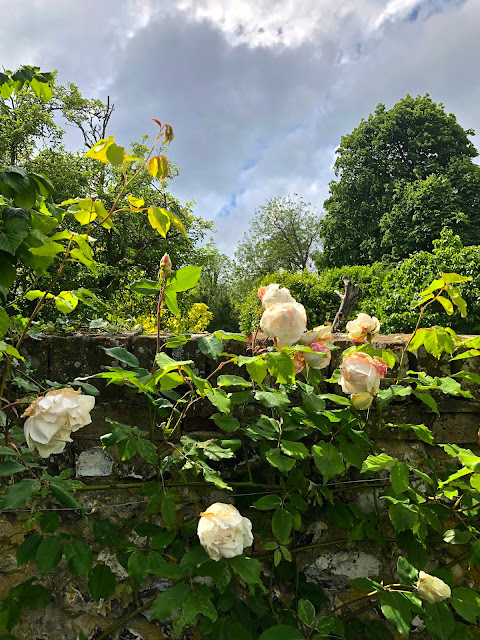With so many people hitting the streets for climate strike and all the recent attacks on Greta Thunberg, I would like to make a statement. I am a Professor in Climate Sciences, I have been working in this field for over 20 years.
1. Climate change is a fact, based on data and equations. It’s science (not politics).
2. Humans are causing climate change.
3. CO2 concentrations are rising at a rate that is 10 to 100 times faster than any other time in the past (and we are talking millions of years back).
4. CO2 concentrations are now at levels Earth has not seen since 3 Million years. That’s when Lucy was roaming in Africa.
5. Both speed of change and magnitude of change will have catastrophic consequences for the world we know and rely on.
6. Ecosystems will have (and are already having) a hard time to adapt with these fast changes. Current extinction rates are far above the normal background extinction rates.
7. We rely on ecosystems for our survival. We are part of ecosystems.
8. For example, speed of change is important for ocean acidification. With slower rates of CO2 rise there are geochemical feedbacks that kick in and mitigate acidification. This is not the case now. It is also important for adaptation to new living conditions. Coral reefs for example are our canaries in a coal mine.
9. The climate system is mainly water and therefore has a large heat capacity and is slow to react. The climate is not in equilibrium right now, it is still catching up to current CO2 concentrations. Last time the climate was in equilibrium with today’s CO2 concentrations, sea levels were much higher (order of magnitude of 10 meters), temperatures were well beyond the Paris Agreement. This is what the world will look like if we keep CO2 concentrations constant. If we continue to emit at current rates, then:
10. We will end up in a climate last seen 50 Million years ago. No ice, completely different ecosystems. The transition will be fast and deadly.
11. Climate change is the largest threat humanity has ever faced.
12. We need to act now.
13. The question is not “do you believe in climate change?”. The question is “do you understand climate change?”. Greta is just a messenger. Don’t shoot the messenger. It does not matter what you or I think about her. What matters is that we stop wasting time. We need to act now.































































